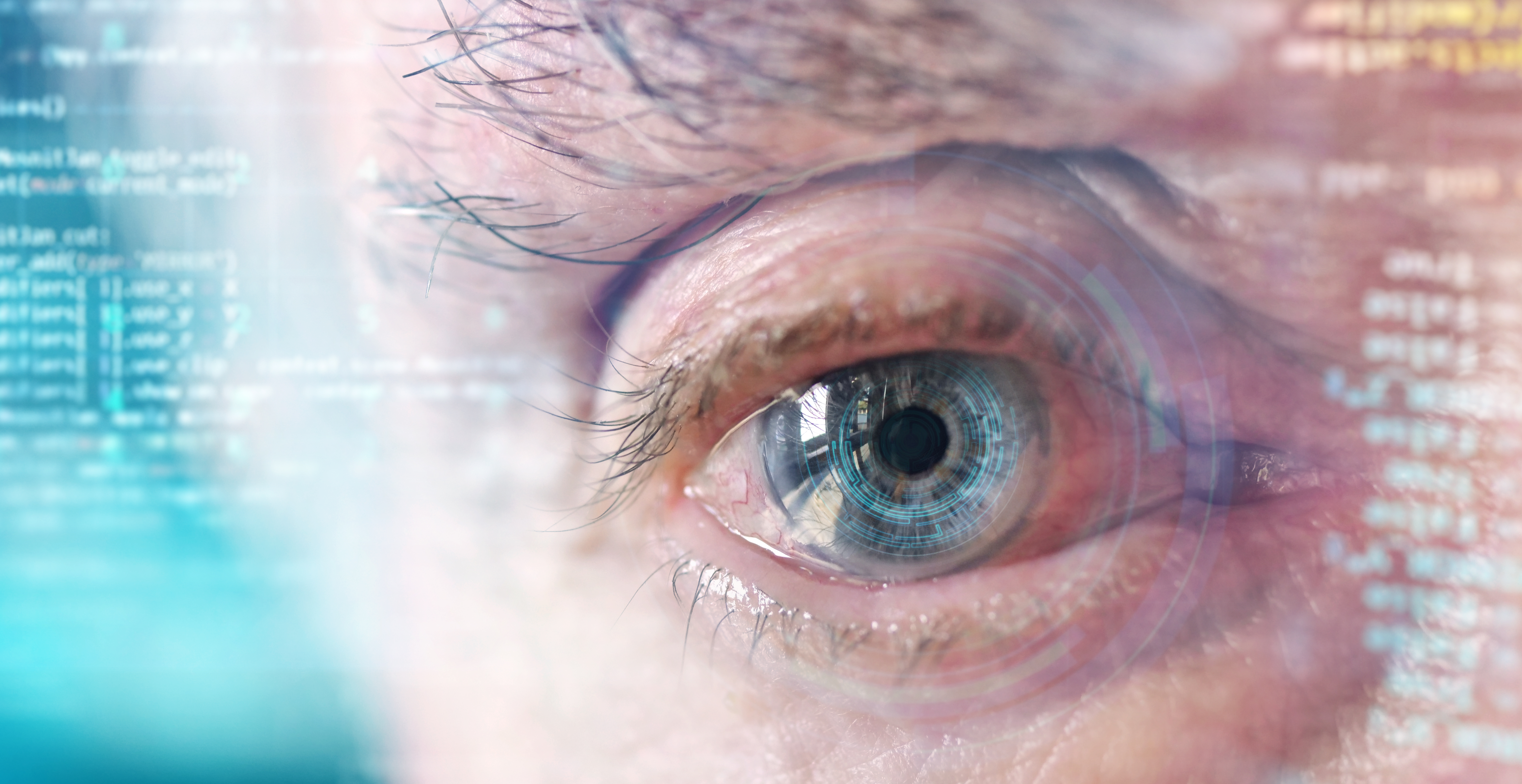Augmented reality device to practice the biopsy exam and reduce CT radiation

Publication date: 06-09-2023
Updated on: 15-09-2023
Topic: Research
Estimated reading time: 1 min
Article Author
Eleonora Orioli
Medical Editor
Luca Maria Sconfienza
Editor and Translator
Viktoryia LuhakovaIRCCS Ospedale Galeazzi-Sant'Ambrogio experiments with the medicine of the future. Through a pilot study, an innovative augmented reality navigation device capable of artificially reproducing a bone lesion and placing it, virtually, inside the patient's body by guiding the hand of the physician engaged in biopsy was, in fact, tested.
It was the team of Professor Luca Maria Sconfienza, head of the Operative Unit of Diagnostic and Interventional Radiology at IRCCS Ospedale Galeazzi-Sant'Ambrogio and Full Professor of Diagnostic Imaging and Radiotherapy at the State University of Milan, who conducted the pilot study, published in the journal European Radiology Experimental.
The study, which involved 8 patients, was led by Professor Sconfienza and had Dr. Domenico Albano as first author.
Why use augmented reality
Performing the biopsy examination of bone through the use of traditional approaches requires sequential CT scans, serial scans that identify the correct location to place the needle for tissue sampling. Thus, the patient receives a considerable radiation dose during the entire investigation process.
Professor Sconfienza and Dr. Albano, who performed the procedures themselves, looked at augmented reality to practice the biopsy examination, finding the possibility of not having to subject the patient to several CT scans, thus limiting the radiation dose.
What is the procedure
To make this new procedure possible, a number of radiopaque markers, clearly visible on X-rays, are applied to the patient's body around the lesion to be treated before the CT scan is performed. Another marker is placed on the needle used for biopsy.
Having acquired the volume of the patient's body with the CT scan and identified the lesion, specific software via a camera recognizes skin markers, equipped with QR codes, and matches them with those identified on the CT scan.
This process allows for the construction of a three-dimensional augmented reality model that visualizes the lesion and needle path, in real time, within the patient's body. All integrated with an optical viewer worn by the operator.
The study demonstrated a reduction in:
- number of CT scans;
- radiation by more than 50%.
“This technology, which has proven to be safe and efficient, allows us to see, virtually, through the patient and perform the procedure without the support of sequential CT scans, with a clear advantage, as the radiation dose is significantly reduced,” Professor Sconfienza concludes. “I hope that this new procedure can fully enter daily clinical practice, with a view to offering our patients increasingly advanced, but also sustainable, solutions.”